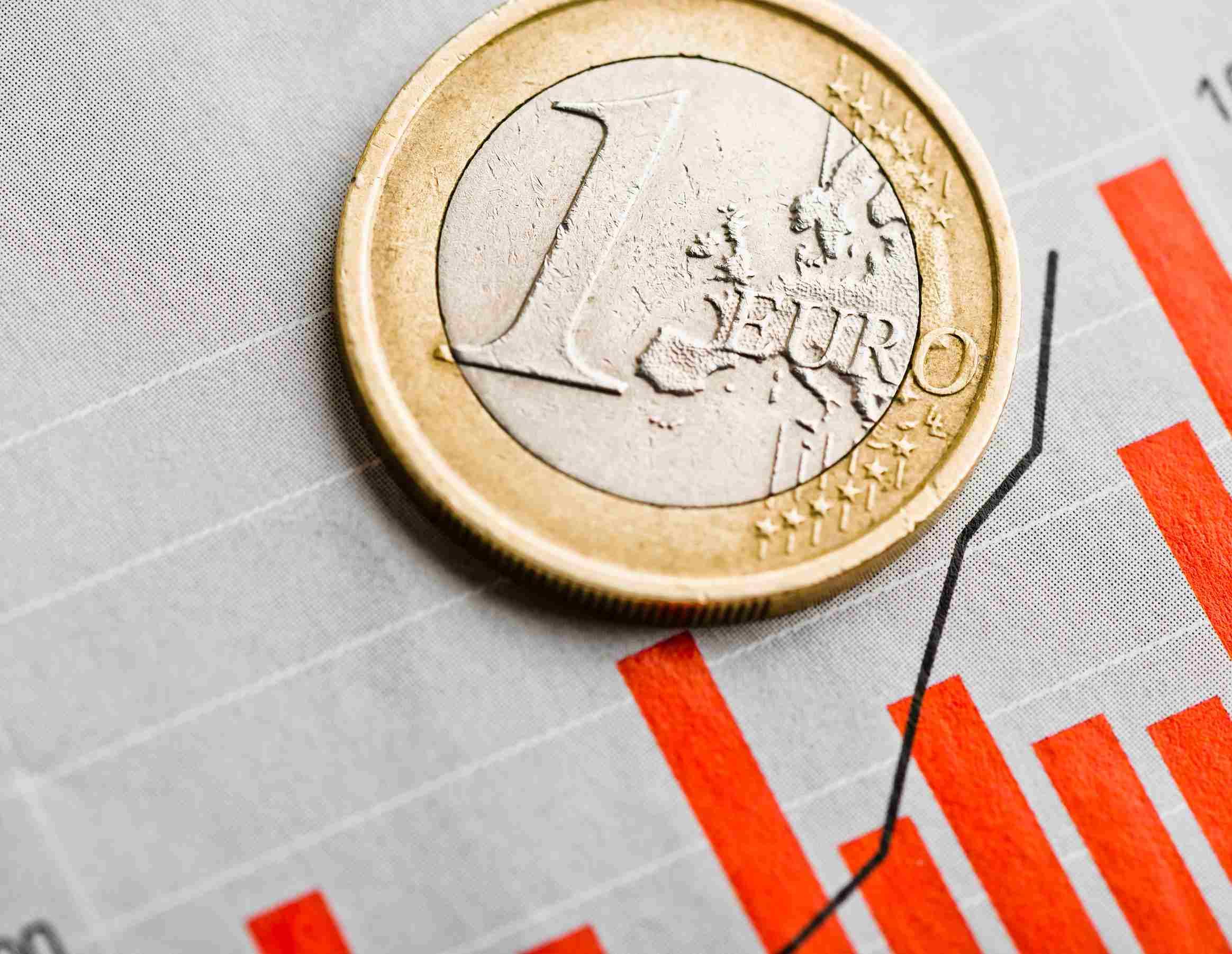The Committee for Economic Affairs/Climate and Green Growth (EZ/KGG) organized an expert meeting on June 3 regarding the handling of mining damage.
The reason for the meeting is a letter from (now caretaker) Minister Hermans of Climate and Green Growth, which she sent to the Chamber at the end of March. This letter concerns the cabinets response to the advice of the Council of State regarding the extension of the legal presumption of evidence to mining activities in the Netherlands. The legal presumption of evidence means that the damage compensator assumes that damage is the result of mining activities, unless another cause for the damage can be indicated. A group of six experts spoke.
Legal and Administrative Perspective
Herman Bröring, professor of administrative law at the University of Groningen, addressed the permission for mining in his introduction, which cannot simply be denied. Even if mining is associated with the risk of future damage, the starting point is Yes, mining is allowed, provided conditions are met. Nowadays, a broader interpretation of what damage is is assumed. Whereas in the past it only concerned physical damage, health risks and stress are now also included. And even then, refusing permission can sometimes be difficult. Bröring therefore advocated for a reversed burden of proof. This would mean No, mining is not allowed unless there is a good arrangement.
Inequality
In the handling of damage, there is inequality. This was stated by Gerrit Dijkstra, professor of administrative law at Leiden University. This is because over the years, measure upon measure has been taken. The measures also differ by region, type of mining, and the moment at which compensation is requested. All of this has led to high implementation costs, among other things due to customized procedures in damage handling. Only 1 euro of the 2.74 euros in compensation ultimately goes to the victims. Dijkstra also advised to come to one arrangement for all handling of mining damage.
Also, Michiel Tjepkema, professor of mining damage and government liability at the Open University, recognized a fragmentation in the damage arrangements, making them incomprehensible for an ordinary citizen. It makes it clear to all experts that due to this fragmentation, there is no legal equality. In the Netherlands, two organizations deal with the handling of mining damage: the Institute for Mining Damage Groningen (IMG) for Groningen and Drenthe and the Mining Damage Commission for other areas. Tjepkema emphasized in response to questions from the committee that the trouble for citizens causes the most immaterial damage and stress.
Immaterial Damage
On behalf of the province of Groningen, deputy Susan Top expressed her concerns about the immaterial damage, which is very high and only increasing. She also stated that the IMG is seen as a representative of the government in damage handling. Citizens with damage do not see the institute as a thinking partner. Especially in the Nij Begun program, the promise has been made that all damage will be compensated, no matter the cost and how long it takes. There seems to be a difference of opinion about what forms of damage that entails. As other experts have indicated, there is now more immaterial damage, alongside the already known material damage. What plays a role is that citizens often do not know the way to the arrangements.
Inspector General of Mines, Theodoor Kockelkoren, noted that trust in the IMG can improve if damage handling proceeds faster. This had already happened until, according to Kockelkoren, NAM changed the work approach: those who claim to have damage must prove this. And precisely that is almost impossible in the case of mining damage. Therefore, it is important to communicate clearly how the presumption of evidence works. Like Bröring, Kockelkoren also advocated for reversing the burden of proof. This is necessary to restore trust in mining.
Geothermal Energy
Peter van der Gaag, geologist and hydrologist at the Holland Innovation Team, also pointed out the complexity of proving damage in mining. Often, damage to, for example, houses cannot be linked to one cause. However, this is often suggested in lawsuits. According to Van der Gaag, geothermal energy plays a significant role in damage. Much can be gained from smarter measurements of developments in the soil. But then it is also important to start measuring before mining begins. Van der Gaag mentions Harlingen as an example where this has worked well. In conclusion, all experts agreed that further research into the causes and effects of mining damage is necessary.




